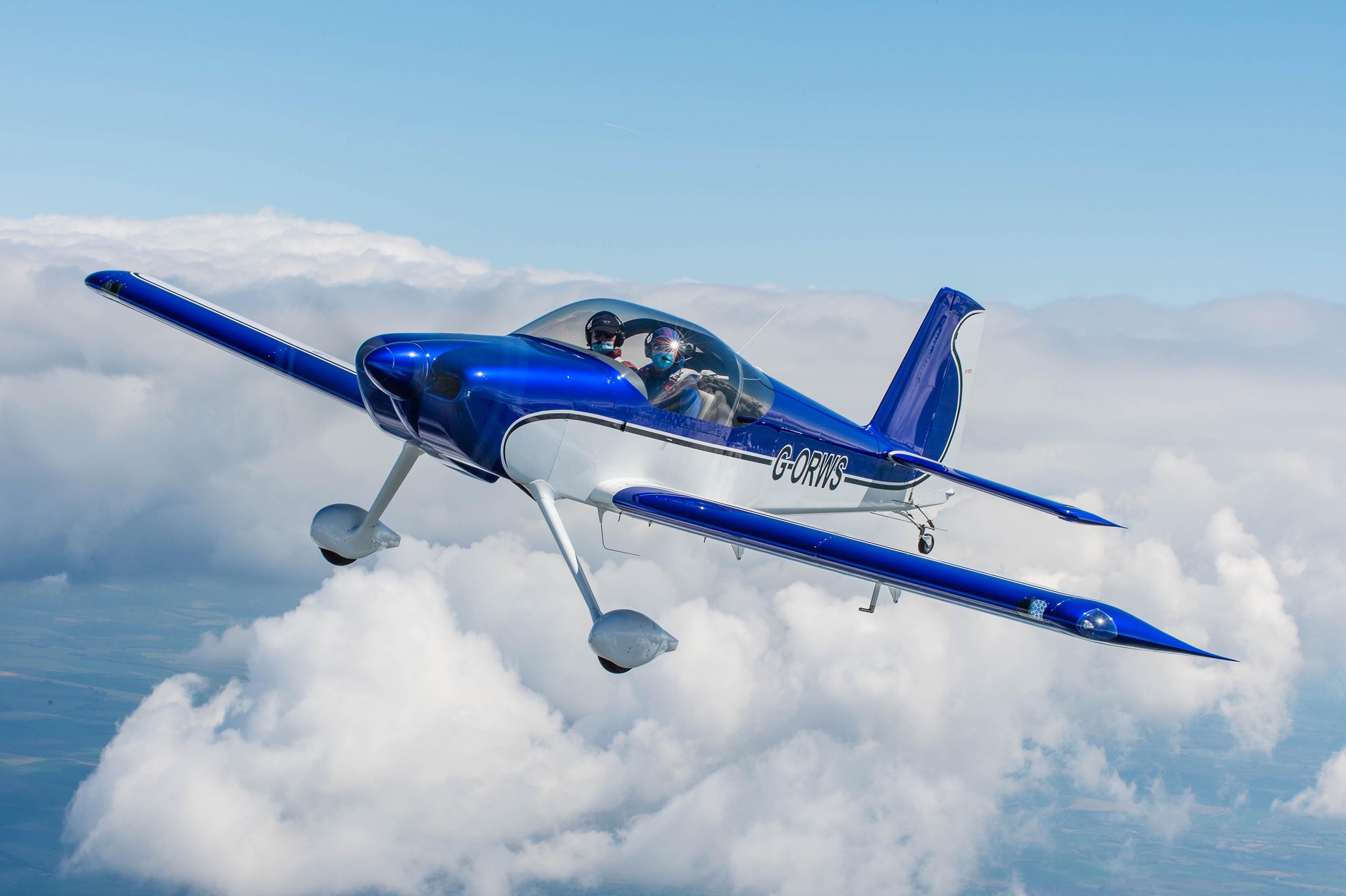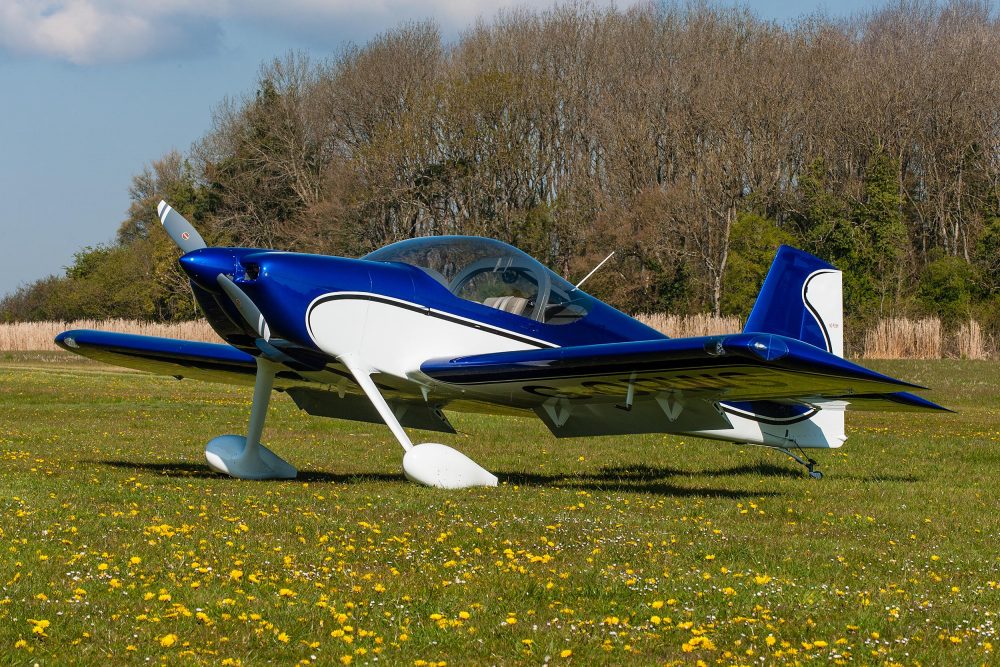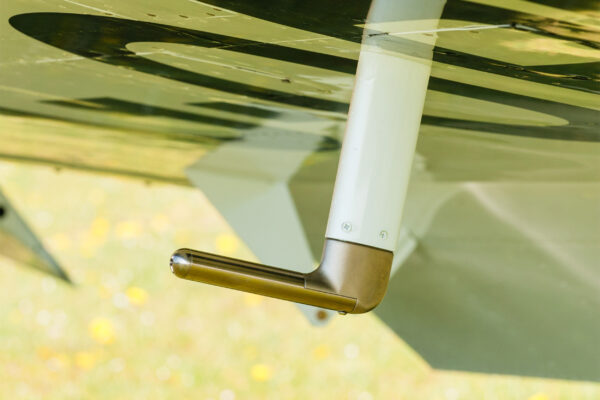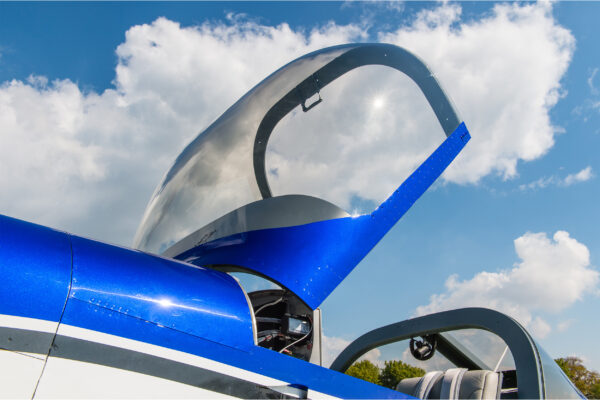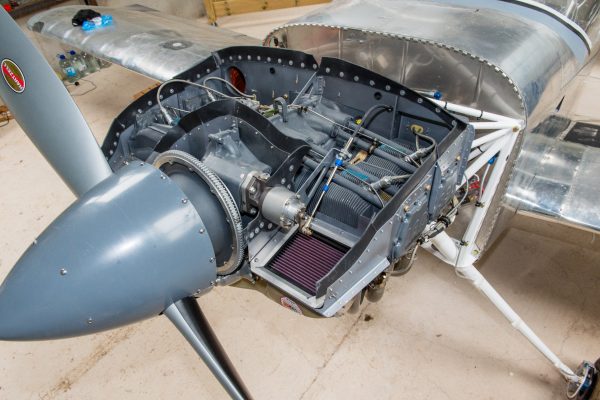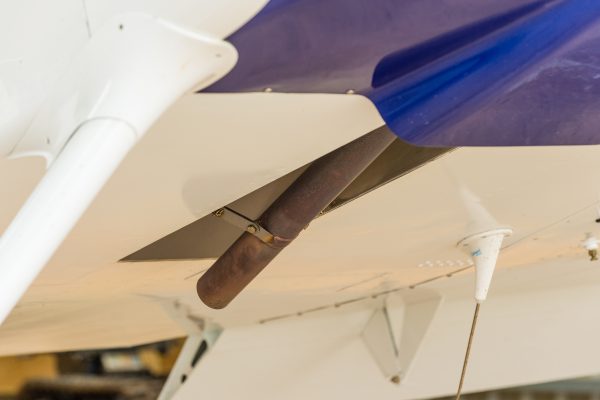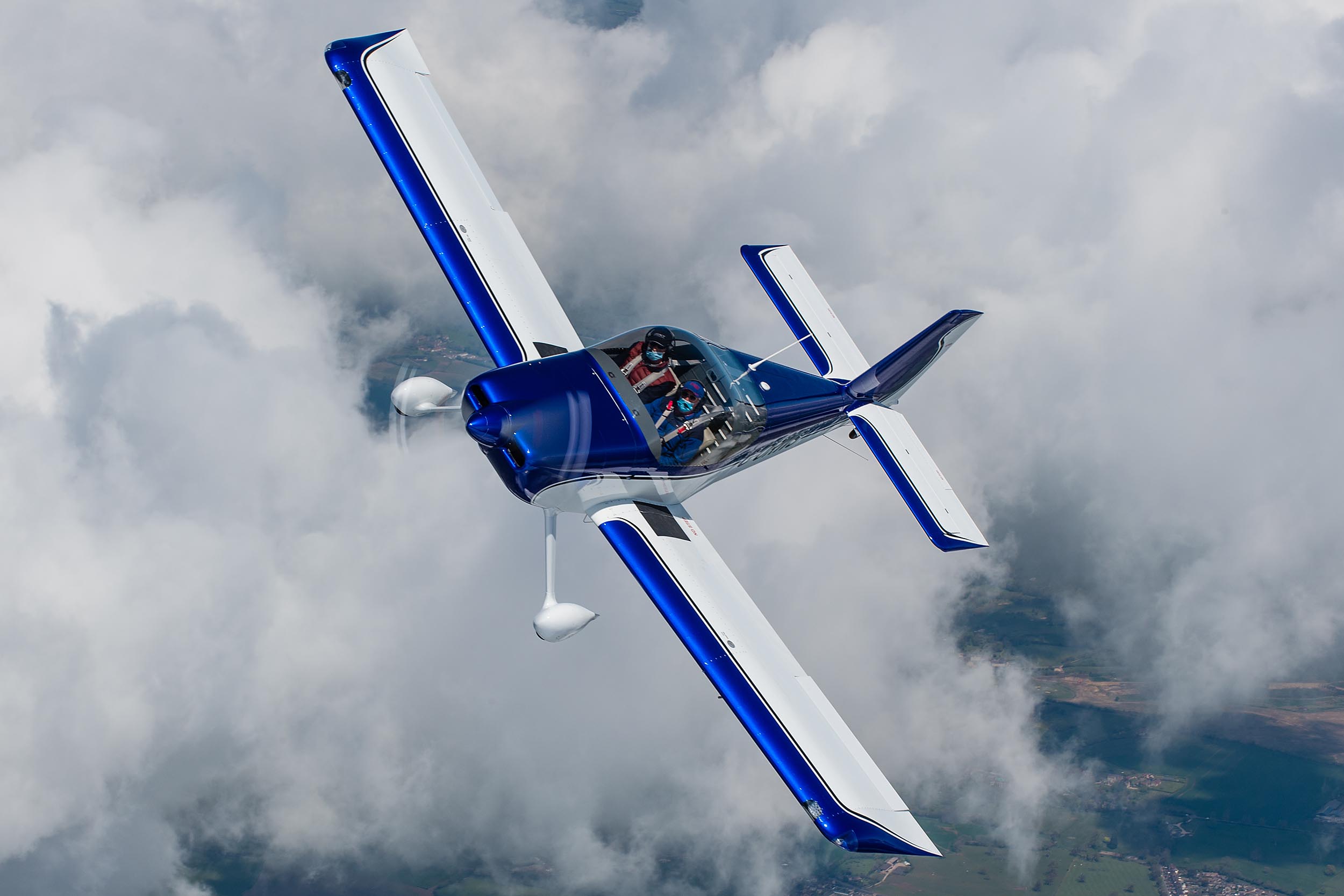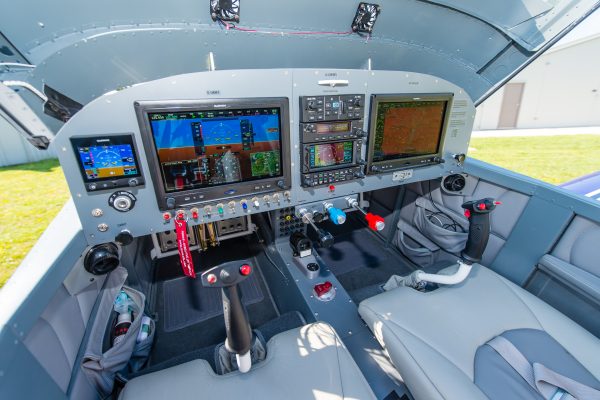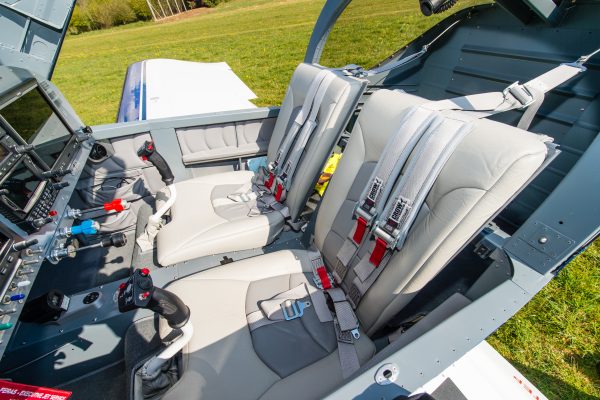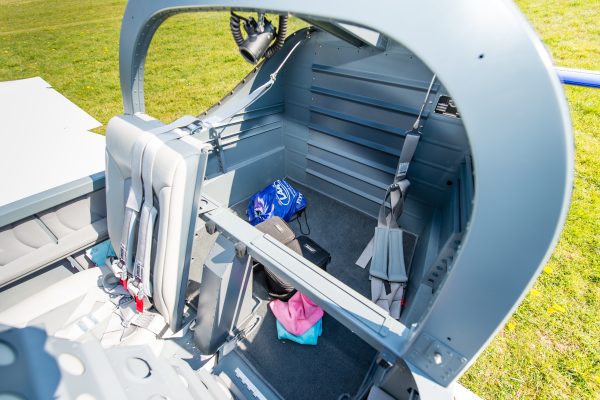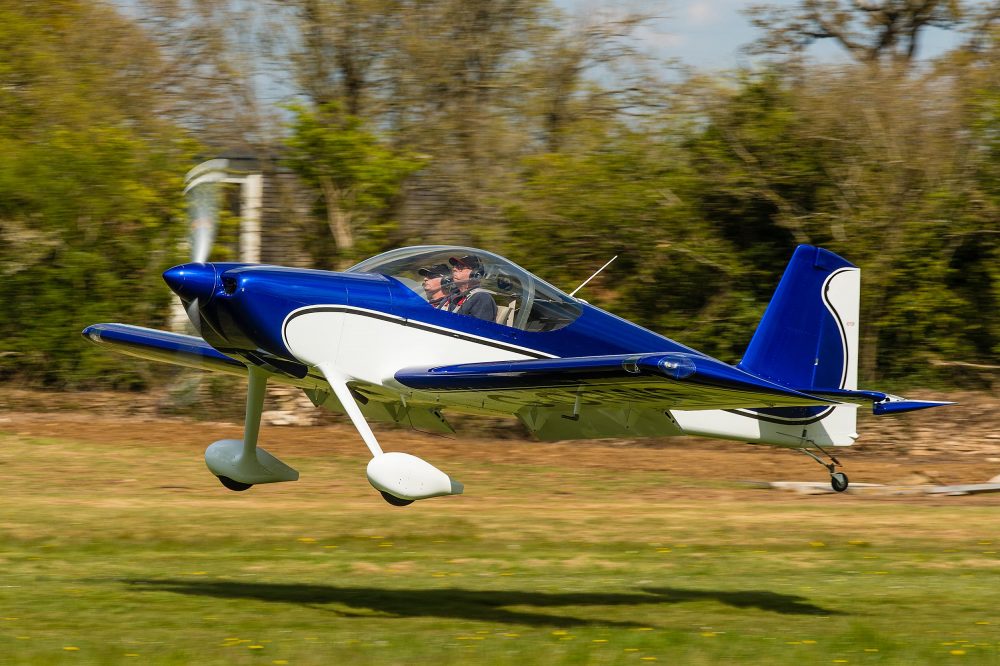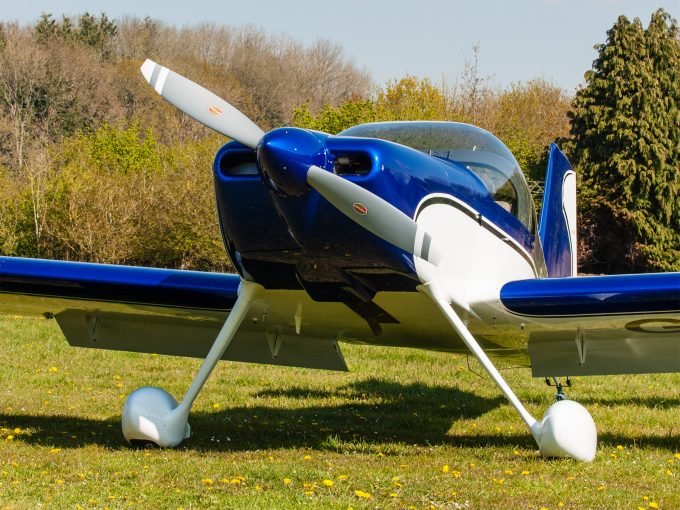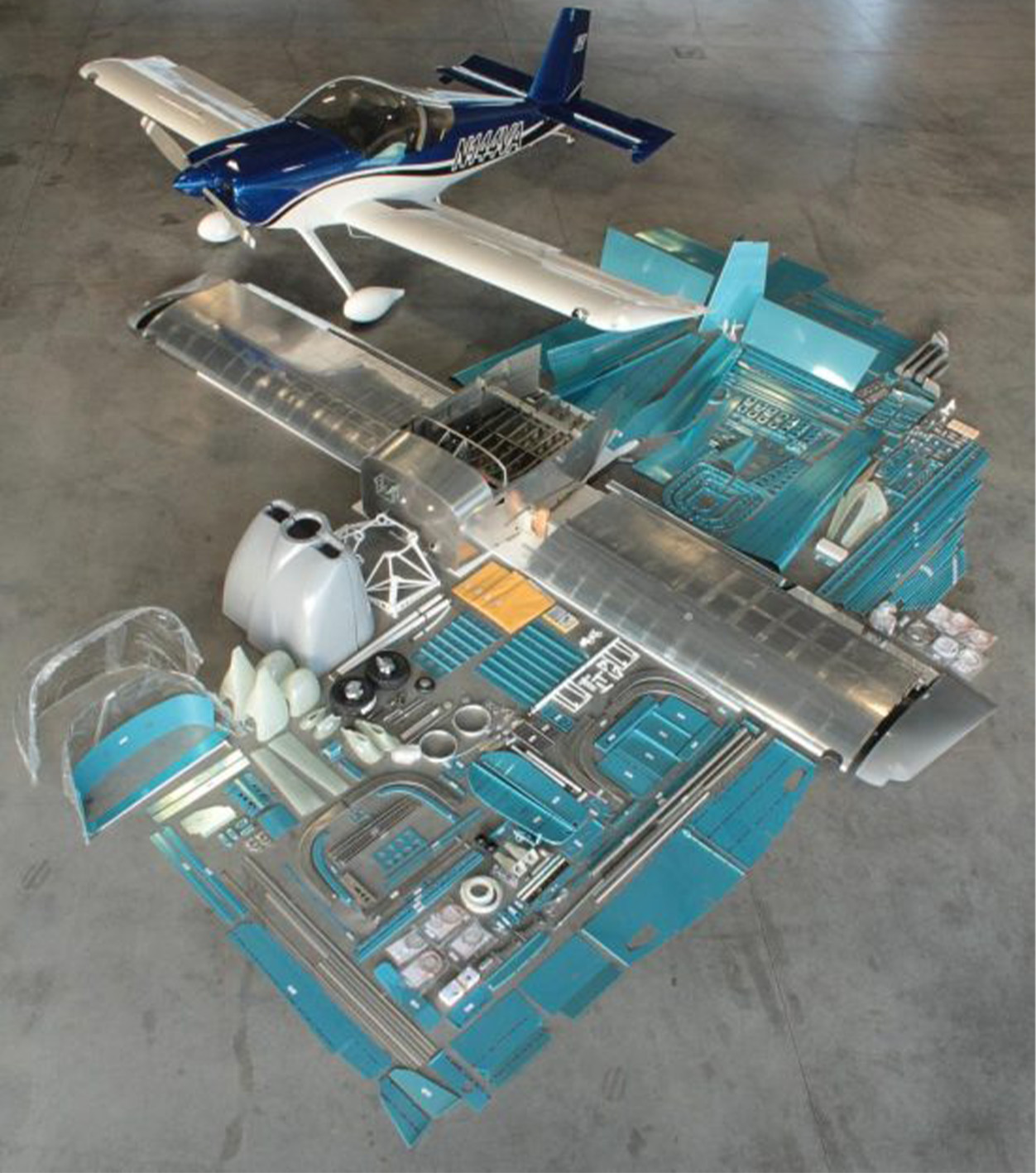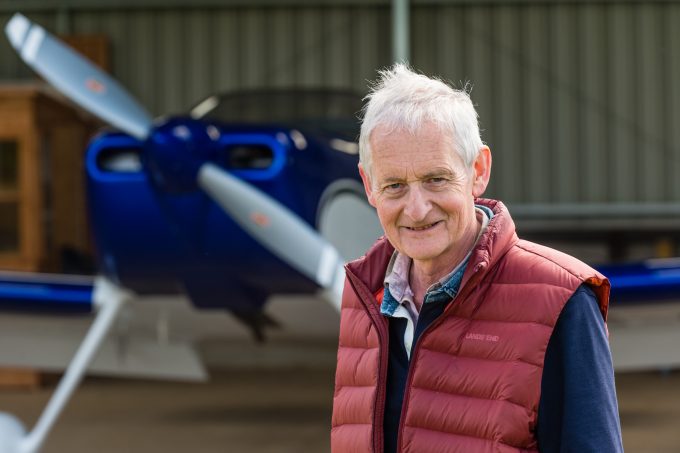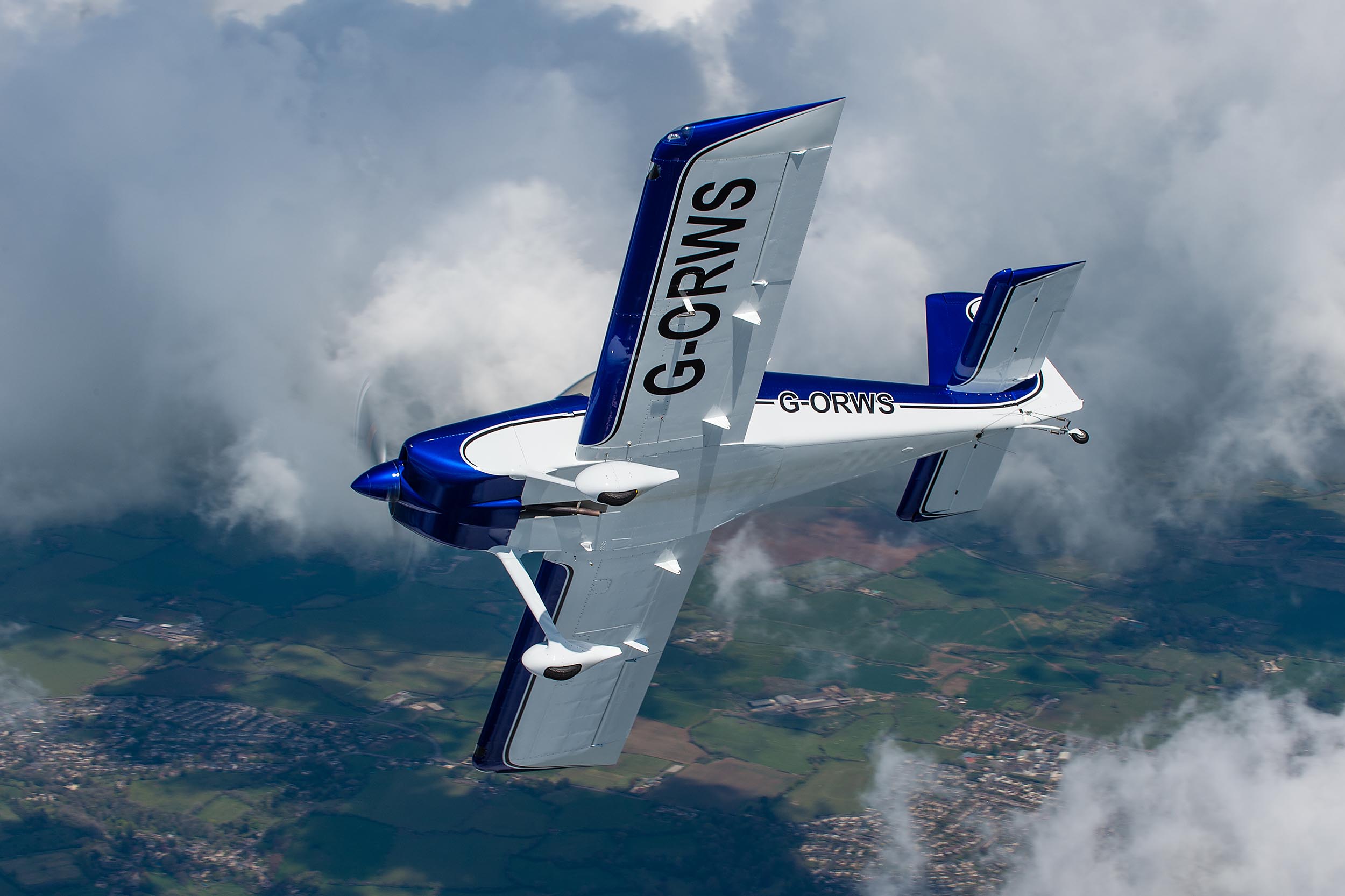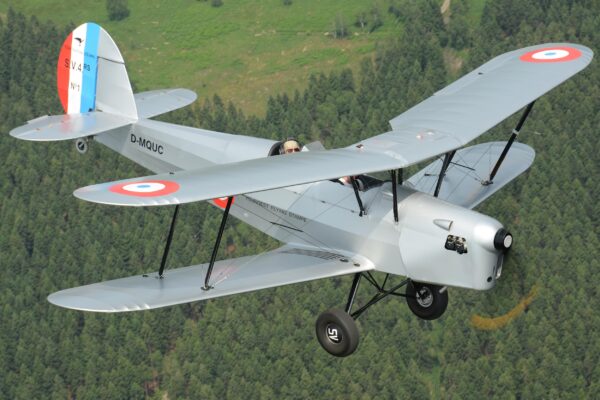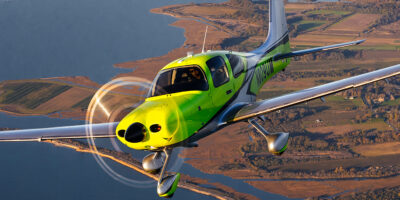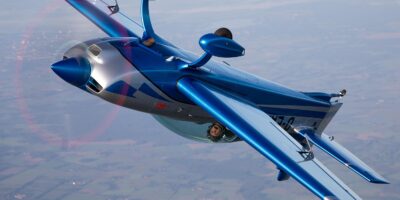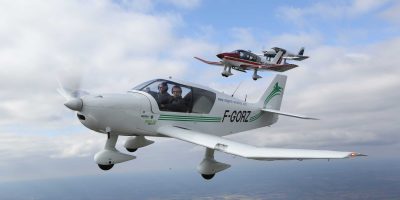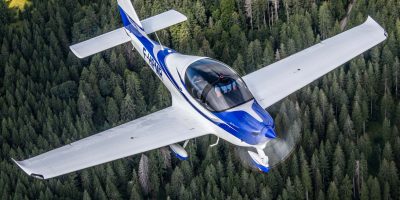Bill’s journey
After getting his PPL in the late 1980s, Bill progressed through instrument rating, instructor rating and ATPLs. His day jobs as solicitor and director of a small private bank were not ticking the boxes, and Bill told me he came to loathe the law, walking away from it and eventually getting a job as a First Officer for Brymon in the late 1990s. After working his way up to a command on an Embraer 145, he left to fly a Legacy business jet before retiring in 2014.
Being a hands-on practical type, building his own aeroplane was a long-time desire, and an RV-7 was on the cards. After a chat with FLYER’s Ed Hicks (who was at the time building an RV-8), Bill decided to build the -14 instead, even though he’d previously not heard of it! He chose the taildragger version for the challenge of mastering the tailwheel.
Starting with a Quick Build (QB) kit, Bill’s project took a total 1,500 hours and was nearly complete after 18 months, but late in 2019, as the parts were being moved from home workshop to hangar for assembly, Bill was diagnosed with cancer. A seven-hour operation on Christmas Eve for stage 3 bowel cancer was followed by months of chemo which Bill found almost unbearable. It was August/September 2020 before he felt able to function again – still with substantial side effects from chemo – which took until January of this year to disappear. The project was kept moving, with Steve Ayres making the first flight in July 2020. Bill told me that he had incredible support from Ed and build partner Steve Mather, telling me, “They helped me through my darkest days by talking about our great project and how I was going to fly the wings off it when I got better. These guys are saints…”
Talking of flying the wings off it, Bill plans to get the aeroplane cleared for night and IFR (the -14s LAA Night/IFR flight test has already been completed and stability and control aspects found suitable) so that it can be used to visit many of the European destinations he took others to during his time flying the Legacy.


